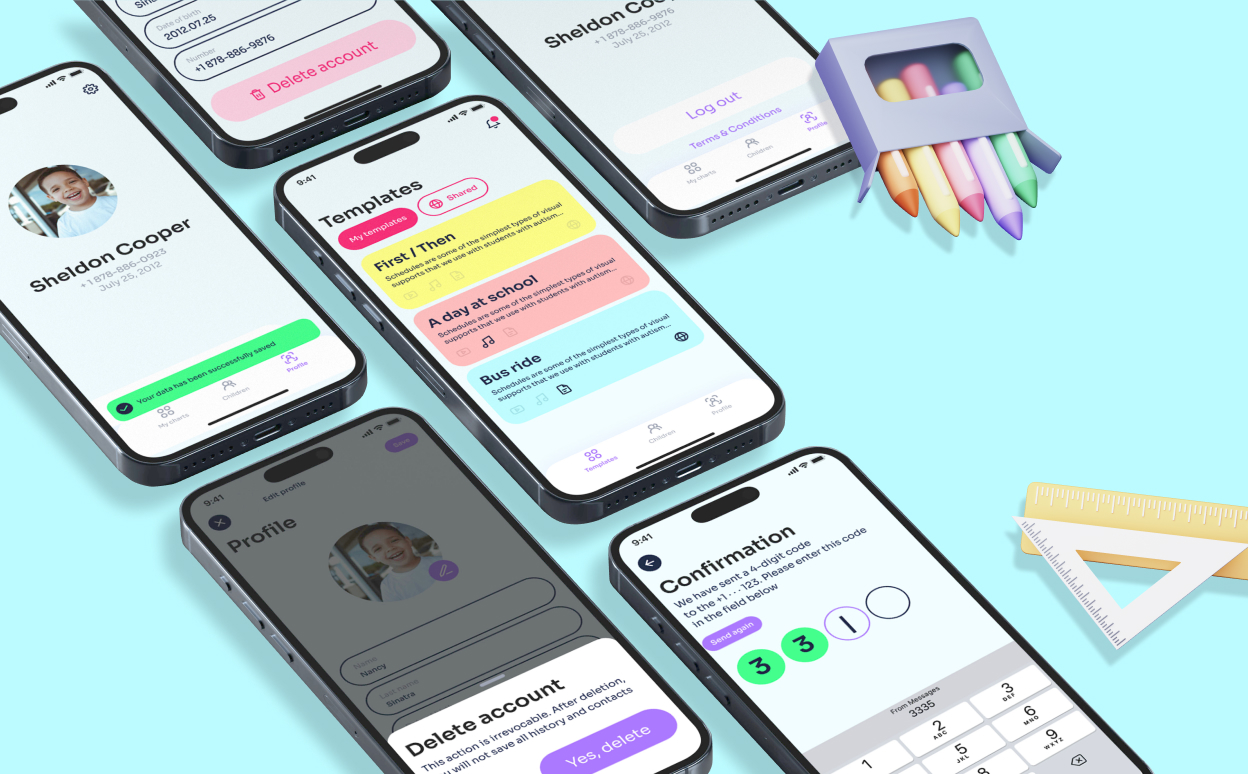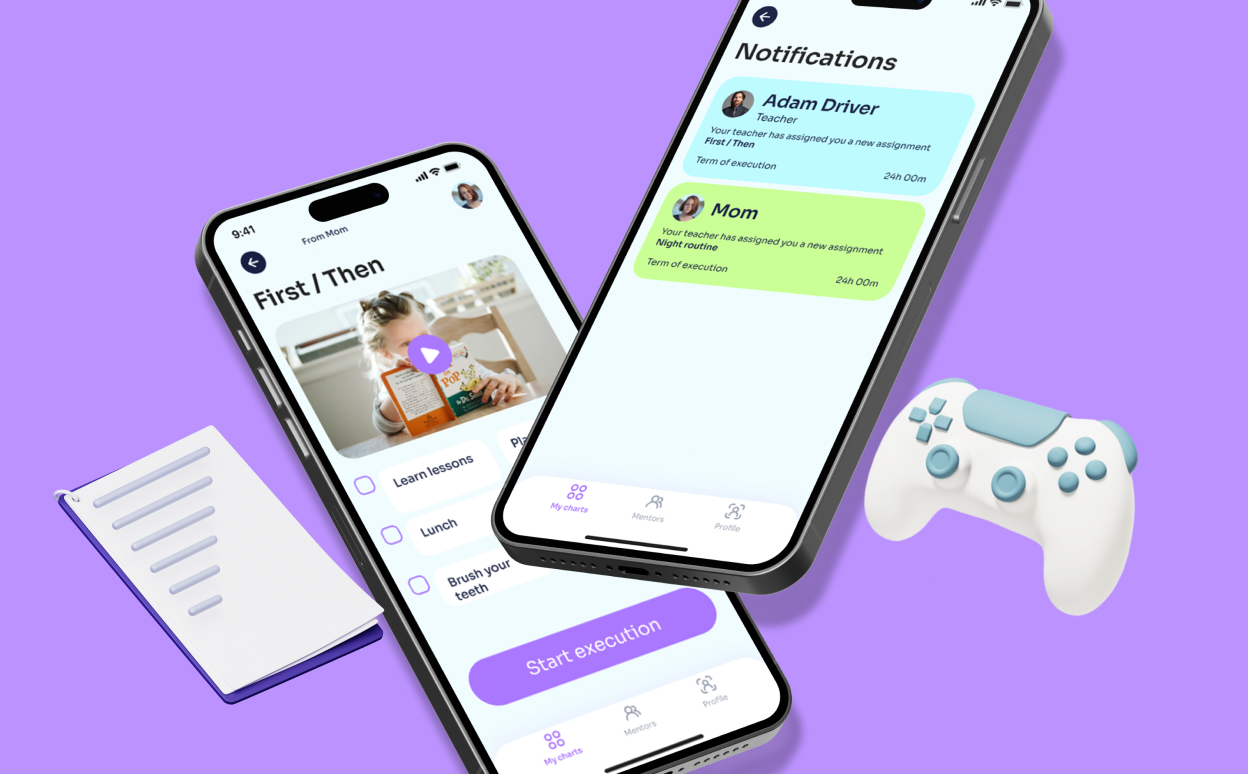Primary School, Florida, USA
The traditional offline mode of education has its limitations, including the use of standard methods such as printed materials, homework examination, limited real-time progress monitoring for parents, and insufficiently flexible methods for developing curriculum and tasks.
The idea emerged to create a platform for convenient interaction among all participants of the educational process. The new software was intended to facilitate the implementation of an interactive learning format, enable educational institutions to keep pace with modern technologies, and be in tune with the Alpha generation.
To create digital tools for optimizing and automating the educational process.
The implementation of the software aimed to create a competitive advantage for the educational institution by:
Within 3.5 months an ecosystem of digital products was developed, which included:

Design and Planning
We conducted an intensive phase of planning the MVP version of the product, moving non-essential features to the backlog.
The artifacts of this stage included:
Agile Iterative Development
Development progressed through sprints with subsequent demonstration of results.
Every 2 weeks after the demo, the client saw the results of the work done: builds were sent to him and access to the platform was provided for testing on real devices.
The roadmap contained the goals and risks of each sprint, allowing real-time tracking of progress and compliance with the stated release date.
Pre-release Testing
Go-Live
Support and Maintenance
We prepared textual and video materials, organizing them into a knowledge base so that any new individual could autonomously and independently connect to the system.
After the release, we provided one month of free support and maintenance. During this period, we fixed bugs, supplemented project documentation, and formed a backlog for subsequent development.
Web and mobile application that combines functionality for students, educators, and parents.
By merging the roles of all three stakeholders in a single software, the following become possible:
Capabilities of the "Student" role:

Capabilities of the "Parent" role:
Capabilities of the "Mentor" role:
Tracking the status of homework assignments

Six months after the implementation of the software, representatives of the educational institution noted:
The developed digital model can be successfully implemented in both online and offline educational institutions to reduce costs, automate processes, and enhance the effectiveness of the learning process.